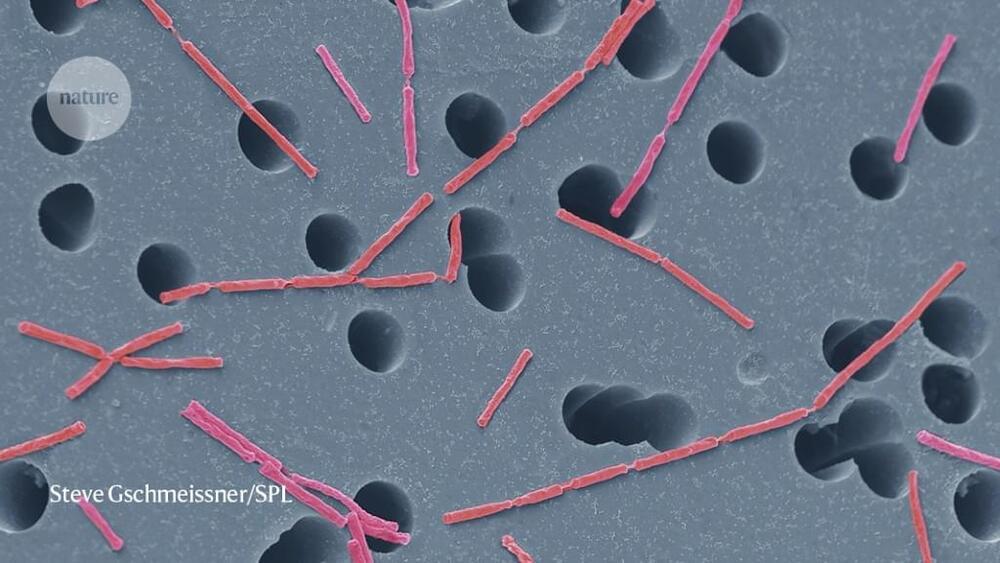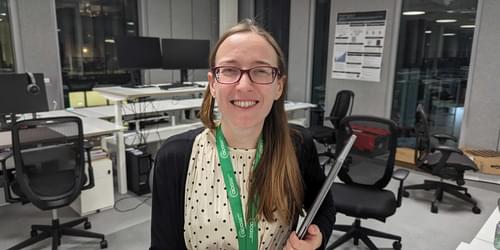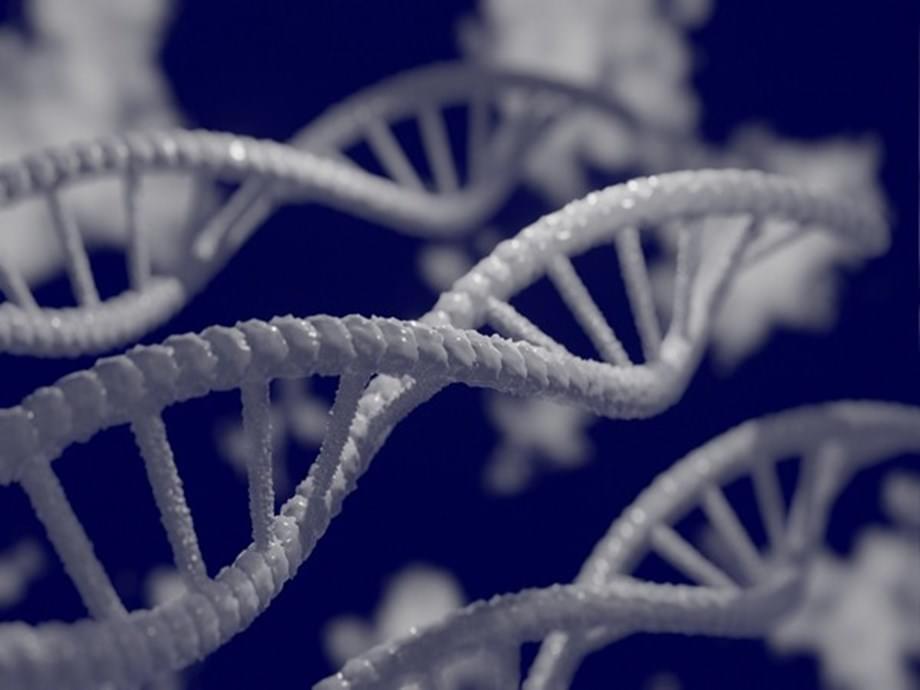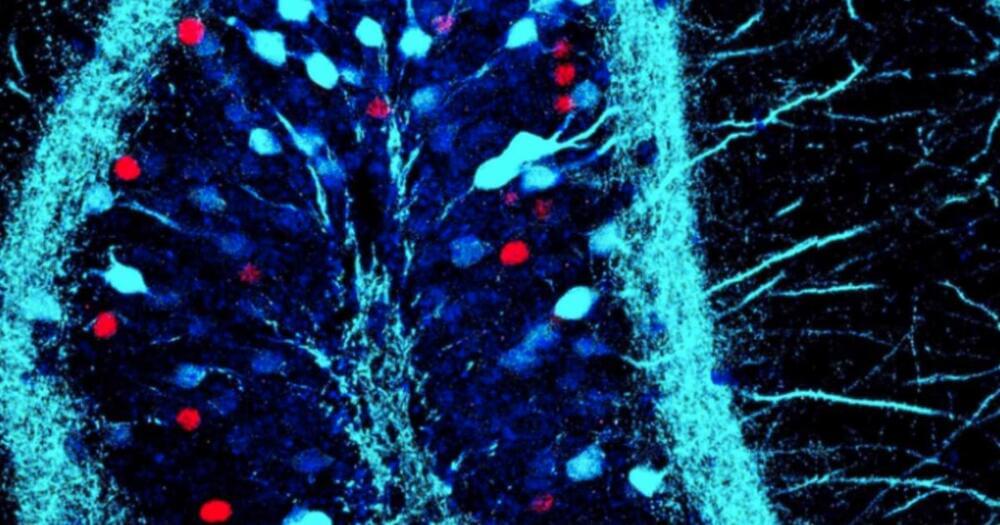Science funders must remember the value of addressing the intrinsic biological questions that help to explain the natural world.


Workshop supported by the Imperial College Physics of Life Network of Excellence.
https://www.imperial.ac.uk/physics-of-life/
In Part 2 of this thought-provoking conference, we discussed the emergence of order and multicellularity. Besides short talks delivered by esteemed international speakers from the interface of physics and biology, a significant portion of the meeting was dedicated to open discussion. This exciting meeting was supported by the “Physics of Life” Network of Excellence at Imperial College London and the Biological Physics Group of the Institute of Physics (IOP).
Emergence of order [Chair: Chiu Fan Lee]
1:25 Suriyanarayanan Vaikuntanathan (University of Chicago)
20:30 James Sethna (Cornell University)
42:16 Nigel Goldenfeld (University of Illinois at Urbana-Champaign)
1:05:15 Panel discussion.
Cells and beyond [Chair: Hélène de Maleprade]
1:32:27 Ricard Solé (Catalan Institute for Research and Advanced Studies)
1:54:40 William Ratcliff (Georgia Tech)
2:16:57 Peter Yunker (Georgia Tech)
2:50:50 General Q&A
2:56:50 Jessica Flack (Santa Fe Institute)
3:28:25 Closing of conference.
Organising committee:

An algorithm that already predicts how proteins fold might also shed light on the physical principles that dictate this folding.
Proteins control every cell-level aspect of life, from immunity to brain activity. They are encoded by long sequences of compounds called amino acids that fold into large, complex 3D structures. Computational algorithms can model the physical amino-acid interactions that drive this folding [1]. But determining the resulting protein structures has remained challenging. In a recent breakthrough, a machine-learning model called AlphaFold [2] predicted the 3D structure of proteins from their amino-acid sequences. Now James Roney and Sergey Ovchinnikov of Harvard University have shown that AlphaFold has learned how to predict protein folding in a way that reflects the underlying physical amino-acid interactions [3]. This finding suggests that machine learning could guide the understanding of physical processes too complex to be accurately modeled from first principles.
Predicting the 3D structure of a specific protein is difficult because of the sheer number of ways in which the amino-acid sequence could fold. AlphaFold can start its computational search for the likely structure from a template (a known structure for similar proteins). Alternatively, and more commonly, AlphaFold can use information about the biological evolution of amino-acid sequences in the same protein family (proteins with similar functions that likely have comparable folds). This information is helpful because consistent correlated evolutionary changes in pairs of amino acids can indicate that these amino acids directly interact, even though they may be far in sequence from each other [4, 5]. Such information can be extracted from the multiple sequence alignments (MSAs) of protein families, determined from, for example, evolutionary variations of sequences across different biological species.

Kathryn Tunyasuvunakool grew up surrounded by scientific activities carried out at home by her mother—who went to university a few years after Tunyasuvunakool was born. One day a pendulum hung from a ceiling in her family’s home, Tunyasuvunakool’s mother standing next to it, timing the swings for a science assignment. Another day, fossil samples littered the dining table, her mother scrutinizing their patterns for a report. This early exposure to science imbued Tunyasuvunakool with the idea that science was fun and that having a career in science was an attainable goal. “From early on I was desperate to go to university and be a scientist,” she says.
Tunyasuvunakool fulfilled that ambition, studying math as an undergraduate, and computational biology as a graduate student. During her PhD work she helped create a model that captured various elements of the development of a soil-inhabiting roundworm called Caenorhabditis elegans, a popular organism for both biologists and physicists to study. She also developed a love for programming, which, she says, lent itself naturally to a jump into software engineering. Today Tunyasuvunakool is part of the team behind DeepMind’s AlphaFold—a protein-structure-prediction tool. Physics Magazine spoke to her to find out more about this software, which recently won two of its makers a Breakthrough Prize, and about why she’s excited for the potential discoveries it could enable.
All interviews are edited for brevity and clarity.

With the help of AI, researchers at Chalmers University of Technology, Sweden, have succeeded in designing synthetic DNA that controls the cells’ protein production. The technology can contribute to the development and production of vaccines, drugs for severe diseases, as well as alternative food proteins much faster and at significantly lower costs than today. How our genes are expressed is a process that is fundamental to the functionality of cells in all living organisms. Simply put, the genetic code in DNA is transcribed to the molecule messenger RNA (mRNA), which tells the cell’s factory which protein to produce and in which quantities.
Researchers have put a lot of effort into trying to control gene expression because it can, among other things, contribute to the development of protein-based drugs. A recent example is the mRNA vaccine against Covid-19, which instructed the body’s cells to produce the same protein found on the surface of the coronavirus. The body’s immune system could then learn to form antibodies against the virus. Likewise, it is possible to teach the body’s immune system to defeat cancer cells or other complex diseases if one understands the genetic code behind the production of specific proteins. Most of today’s new drugs are protein-based, but the techniques for producing them are both expensive and slow, because it is difficult to control how the DNA is expressed. Last year, a research group at Chalmers, led by Aleksej Zelezniak, Associate Professor of Systems Biology, took an important step in understanding and controlling how much of a protein is made from a certain DNA sequence.
“First it was about being able to fully ‘read’ the DNA molecule’s instructions. Now we have succeeded in designing our own DNA that contains the exact instructions to control the quantity of a specific protein,” says Aleksej Zelezniak about the research group’s latest important breakthrough. The principle behind the new method is similar to when an AI generates faces that look like real people. By learning what a large selection of faces looks like, the AI can then create completely new but natural-looking faces. It is then easy to modify a face by, for example, saying that it should look older, or have a different hairstyle. On the other hand, programming a believable face from scratch, without the use of AI, would have been much more difficult and time-consuming. Similarly, the researchers’ AI has been taught the structure and regulatory code of DNA. The AI then designs synthetic DNA, where it is easy to modify its regulatory information in the desired direction of gene expression.
Workshop supported by the Imperial College Physics of Life Network of Excellence.
https://www.imperial.ac.uk/physics-of-life.
In Part 1 of this thought-provoking conference, we discussed the origin of life in terms of thermodynamics at a molecular scale. Besides short talks delivered by esteemed international speakers from the biological physics community, a significant portion of the meeting was dedicated to open discussion. This exciting meeting was supported by the Physics of Life Network of Excellence at Imperial College London and the Biological Physics Group of the Institute of Physics (IOP).
Conference start[Robert Endres]
0:02 Welcome and intro Life in molecules.
[Chair: Robert Endres]
11:20 Joana C. Xavier (University College London)
29:00 Sara Walker (Arizona State University)
51:33 Dieter Braun (LMU Munich)
1:11:52 Panel discussion.
Defying 2nd law of thermodynamics [Chair: Sara Walker]

Memories are stored in all different areas across the brain as networks of neurons called engrams. In addition to collecting information about incoming stimuli, these engrams capture emotional information. In a new study, Steve Ramirez, a neuroscientist at Boston University, discovered where the brain stores positive and negative memories and uncovered hundreds of markers that differentiate positive-memory neurons from negative-memory neurons.
In 2019, Ramirez found evidence that good and bad memories are stored in different regions of the hippocampus, a cashew-shaped structure that holds sensory and emotional information necessary for forming and retrieving memories. The top part of the hippocampus activated when mice underwent enjoyable experiences, but the bottom region activated when they had negative experiences.
His team also found that they could manipulate memories by activating these regions. When he and his team activated the top area of the hippocampus, bad memories were less traumatic. Conversely, when they activated the bottom part, mice exhibited signs of long-last lasting anxiety-related behavioral changes. Ramirez suspected this difference in effect was because the neurons that store good and bad memories have different functions beyond simply keeping positive and negative emotions. However, before he could unravel this difference, he needed to identify which cells were storing good and bad memories. The results were published in the journal Communications Biology.

Nothing in biology makes sense except in the light of evolution. The gradualism of evolution has explained and dissolved life’s mysteries—life’s seemingly irreducible complexity and the illusion that living things possess some sort of mysterious vitalizing essence. So, too, evolution is likely to be key to demystifying the seemingly inexplicable, ethereal nature of consciousness.
First, what does it even mean to say that “Nothing in biology makes sense except in the light of evolution”? If the chosen topic is human consciousness, Martin Luther King and Mother Teresa come quickly to mind. But then what does the term “evolution” contribute to the discussion of the origin of human consciousness? Is it something useful or something theorists are stuck with, come what may?
Science theories should make predictions. Who predicted either King or Mother Teresa?
Get a Wonderful Person Tee: https://teespring.com/stores/whatdamath.
More cool designs are on Amazon: https://amzn.to/3wDGy2i.
Alternatively, PayPal donations can be sent here: http://paypal.me/whatdamath.
Hello and welcome! My name is Anton and in this video, we will talk about incredible discoveries about the human brain.
Links:
https://www.pnas.org/doi/full/10.1073/pnas.2204900119
https://www.nature.com/articles/s41586-022-05277-w.
https://en.wikipedia.org/wiki/ARHGAP11B
https://www.scienceinpublic.com.au/corticallabs.
https://www.nature.com/articles/s41586-019-1654-9
Synthetic cells: https://youtu.be/OxVZPKmm58M
#brain #biology #neuroscience.
Support this channel on Patreon to help me make this a full time job:
https://www.patreon.com/whatdamath.
Bitcoin/Ethereum to spare? Donate them here to help this channel grow!
bc1qnkl3nk0zt7w0xzrgur9pnkcduj7a3xxllcn7d4
or ETH: 0x60f088B10b03115405d313f964BeA93eF0Bd3DbF
Space Engine is available for free here: http://spaceengine.org.
Enjoy and please subscribe.
Twitter: https://twitter.com/WhatDaMath.

They were created to imitate neural networks within the human brain.
Artificial neural networks (ANNs) mimic biological neural networks in the human brain. ANN consists of an input layer, a hidden layer, and an output layer.
Also called neural nets, ANNs are used daily in healthcare, social media when suggesting people you might know, and in marketing when recommending products to consumers.
Artificial neural networks (ANNs), also known as neural nets, are computing systems that are inspired by the way biological neural networks work in the human, or other animals, brain.
DKosig/iStock.
What is an artificial neural network?